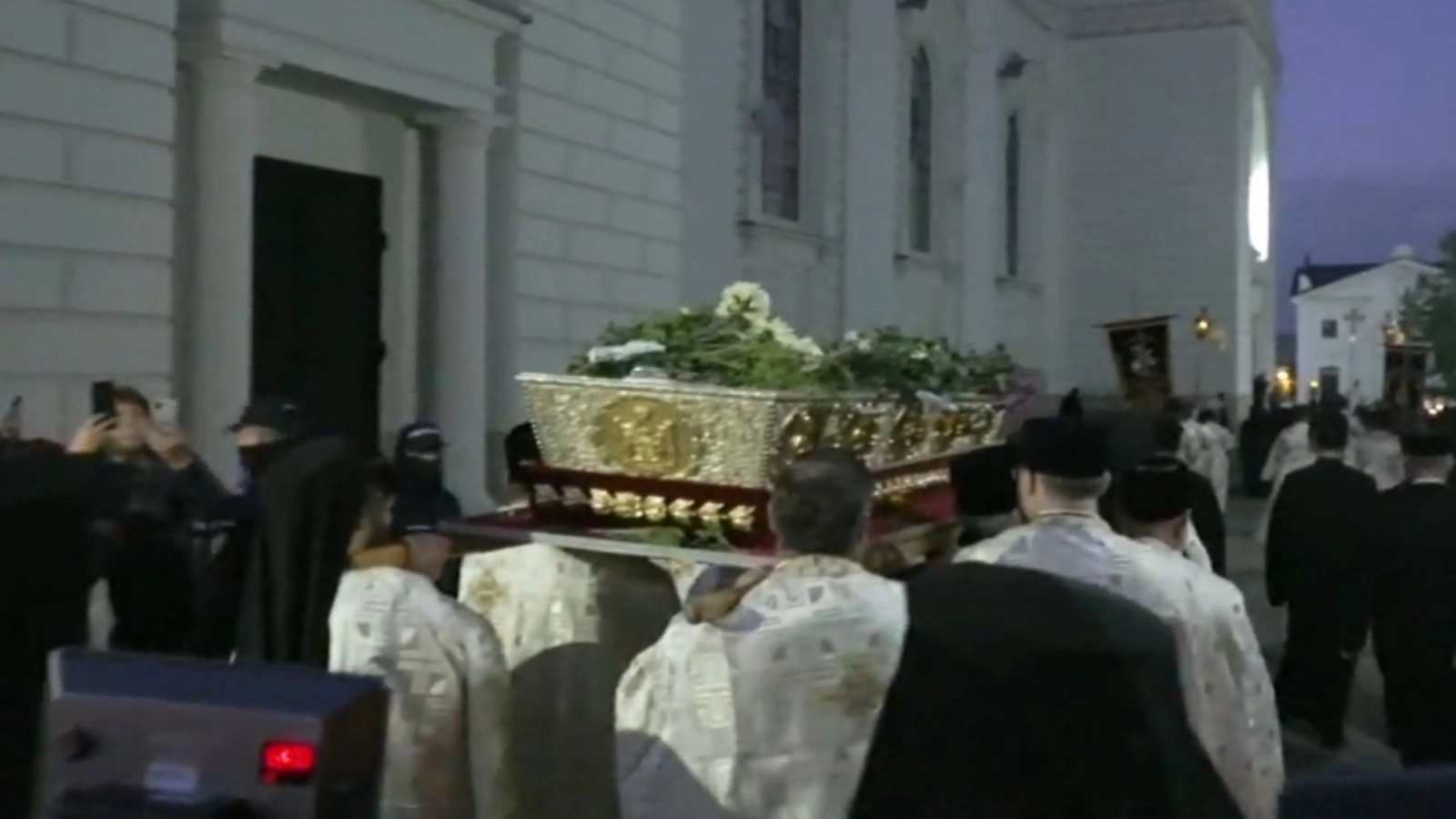More than 13,500 pilgrims spent the night between Thursday and Friday standing in a line of several kilometres, while braving the cold, in order to worship at the reliquaries with the holy relics of Saint Paraskeva and Saint Paisie, who were brought to Iasi from the Neamt monastery, told Agerpres.
Due to the cold, fatigue and lack of food, several people needed medical care from the first aid teams from the County Ambulance Service, the Red Cross or SMURD. Since Saturday, October 8, when the pilgrimage began, 201 people needed medical care, 14 of them being transported to the hospital.
Since then, according to the estimate of the Gendarmerie, until Friday morning at 7.00 am, approximately 166,800 pilgrims passed by the canopy specially set up in the Metropolitanate Courtyard.
Most of the pilgrims who are still standing in line arrived here as early as Thursday, especially to reach Saint Paraskeva's reliquary on the day when she is the saint patron, on Friday, along with the reliquary of Saint Paisie from Neamt. The relics of the two saints are placed in an especially arranged canopy in the Court of the Metropolitanate of Moldavia and Bucovina.
During the night, the pilgrims received tea and coffee from the volunteers, as well as a food package.
Starting at 9.00 am., on an especially arranged stage in front of the Metropolitan Cathedral of Iasi, the Holy Liturgy will be celebrated, a religious ceremony dedicated to the patron saint Paraskeva.
Every year, around October 14, when Orthodox Christians celebrate the Shrine of Saint Pious Paraskeva, Iasi turns into one of the biggest pilgrimage centres in the country.
Venerable Parascheva, known especially by the Greek, Romanian, Bulgarian, Russian and Serbian Orthodox churches, was born in the village of Epivat in Eastern Thrace, today Boiados, not far from Constantinople, at the beginning of the 11th century. She died at the age of 27.
In 1641, her relics were given to the lord of Moldavia, Vasile Lupu, as gratitude for the payment of the Patriarchate's debts to the Turks.
In the same year, the relics arrived in Iasi, being placed with honour in the church of the Holy Three Hierarchs, currently under the patronage of UNESCO, which was designed to become the shrine of Saint Paraskeva. They stayed there until December 1888, when they miraculously escaped from a fire, being later transferred to the new Metropolitan Cathedral of Iasi, where they are still today.
The generalization of the cult of Venerable Paraskeva was decided in 1955 by the members of the Holy Synod of the Romanian Orthodox Church. It was also then that the date of the celebration of St. Paraskeva - October 14 - was established.

































Comentează